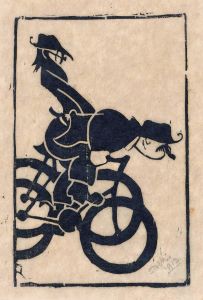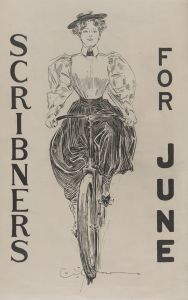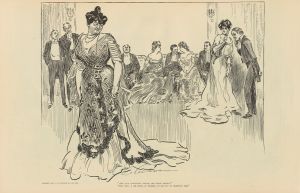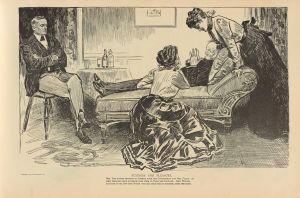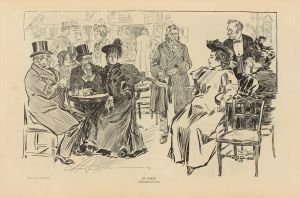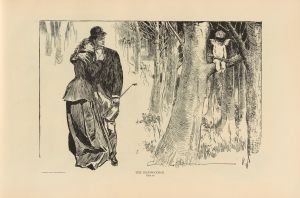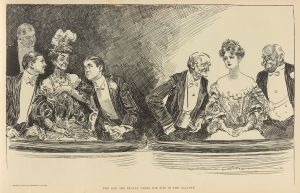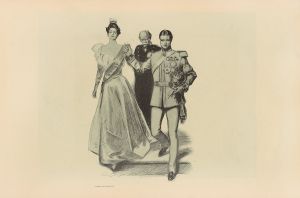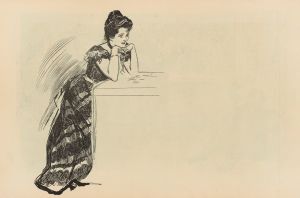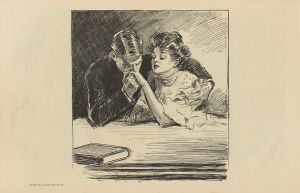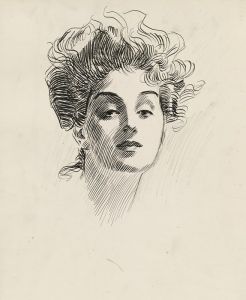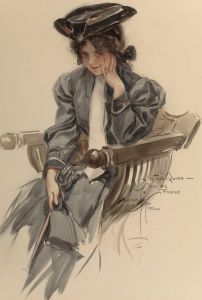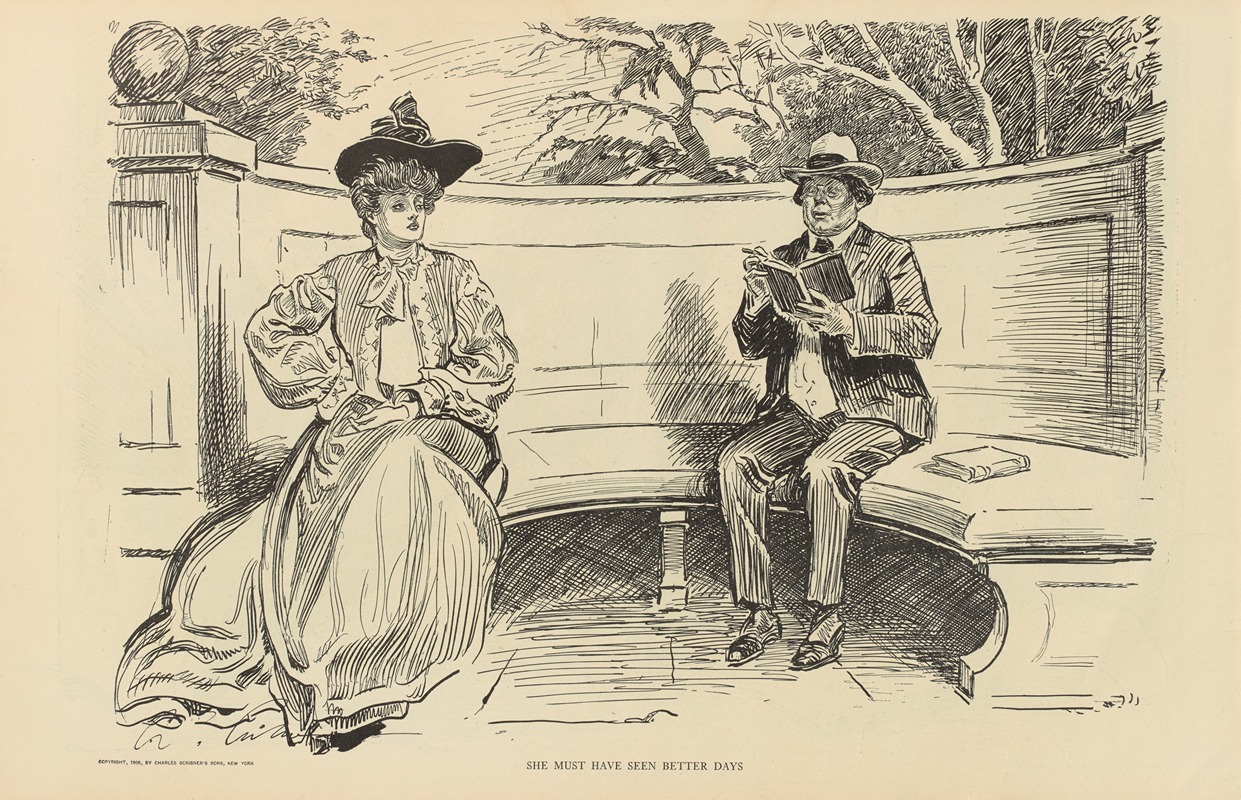
She must have seen better days
A hand-painted replica of Charles Dana Gibson’s masterpiece She must have seen better days, meticulously crafted by professional artists to capture the true essence of the original. Each piece is created with museum-quality canvas and rare mineral pigments, carefully painted by experienced artists with delicate brushstrokes and rich, layered colors to perfectly recreate the texture of the original artwork. Unlike machine-printed reproductions, this hand-painted version brings the painting to life, infused with the artist’s emotions and skill in every stroke. Whether for personal collection or home decoration, it instantly elevates the artistic atmosphere of any space.
Charles Dana Gibson was an influential American illustrator, best known for his creation of the "Gibson Girl," an iconic representation of the American woman at the turn of the 20th century. His work captured the spirit and style of the era, and his illustrations were widely published in magazines such as Life, Harper's Weekly, and Scribner's.
One of Gibson's notable works is "She Must Have Seen Better Days." This illustration, like many of Gibson's pieces, reflects his keen observation of social dynamics and his ability to convey complex emotions through simple yet powerful imagery. The title itself suggests a narrative of decline or nostalgia, hinting at a past that was more prosperous or happier than the present moment depicted.
Gibson's illustrations often featured strong, independent women, and "She Must Have Seen Better Days" is no exception. The artwork typically portrays a woman who, despite her current circumstances, carries an air of dignity and resilience. This theme resonated with audiences of the time, as it reflected the changing roles and perceptions of women in society.
The "Gibson Girl" became a cultural phenomenon, symbolizing the idealized American woman who was both beautiful and capable. She was often depicted as fashionable, confident, and socially active. While "She Must Have Seen Better Days" might not directly feature the quintessential "Gibson Girl," it embodies the same attention to detail and character that Gibson was renowned for.
Gibson's work was characterized by its precise line work and attention to detail. He had a unique ability to capture the subtleties of expression and posture, which allowed him to convey complex narratives within a single image. This skill is evident in "She Must Have Seen Better Days," where the viewer is invited to ponder the story behind the image and the life of the woman depicted.
The impact of Gibson's illustrations extended beyond the art world. His work influenced fashion, advertising, and even social attitudes of the time. The "Gibson Girl" became a standard of beauty and elegance, and her influence can be seen in the fashion and media of the early 20th century.
Charles Dana Gibson's legacy as an illustrator is significant. His ability to capture the essence of his era and the changing dynamics of society through his art has left a lasting impression. "She Must Have Seen Better Days" is a testament to his skill and insight as an artist, reflecting both the personal and societal narratives of his time.
In summary, Charles Dana Gibson's "She Must Have Seen Better Days" is a reflection of his mastery in illustration and his ability to capture the complexities of human experience. Through his work, Gibson not only entertained but also provided commentary on the social changes of his era, making his art both timeless and historically significant.





